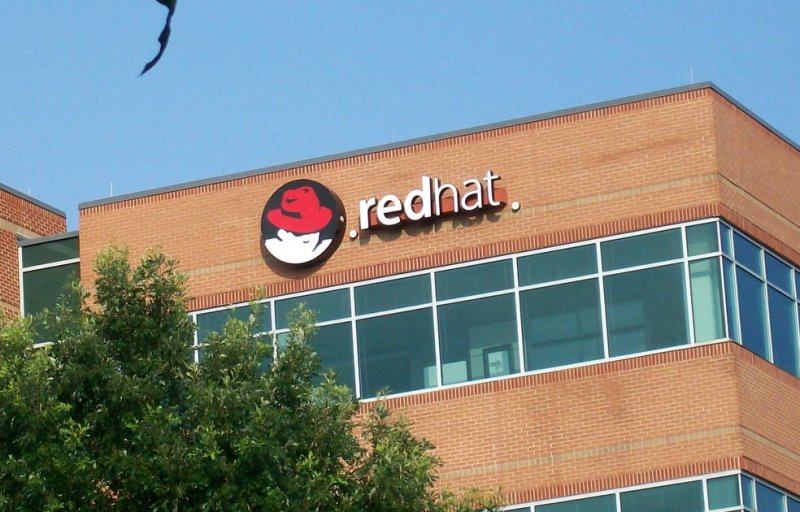Red Hat, Inc., the world’s leading provider of open source solutions, today announced that Salsa Labs, creator of the Salsa platform for online organization, is extending the capabilities of its Software-as-a-Service (SaaS) platform with the use of Red Hat Enterprise Virtualization to simplify and scale its datacenter.
Salsa Labs set out from its inception to create online tools to revolutionize organizing and to empower nonprofits, unions, political organizations and others. Today, the company provides its SaaS Salsa platform to deliver an integrated, flexible and affordable set of tools for energizing and organizing people. Salsa Labs supports a training and online community consisting of more than 2,000 groups and 50 million members, donors and activists.
Salsa Labs has experienced 30-40 percent growth annually since 2004. To accommodate this rapid growth, it had acquired a wide variety of heterogeneous technology solutions over the years, which were causing complexity in its datacenter. “The net effect was that we were wasting a ton of power and cooling, and we were having a hard time provisioning new capacity or capabilities easily or cost-effectively. We had a hodgepodge of hardware, as well as capabilities being served across that hardware and it was clear that we needed to virtualize the environment,” said Justin Nemmers, chief operating officer at Salsa Labs.
Salsa Labs was already a long-time user of Red Hat Enterprise Linux and had seen great value in the enterprise operating platform. It was a natural evolution for the organization to look to Red Hat for its virtualization solution as well.
“Nobody else was really in the running when it came to choosing a virtualization platform,” said Nemmers. “I had a basic feature set in mind, including live migration, robust management, rapid provisioning of additional systems, dynamic additions of hosting capacity and an offline management infrastructure. Red Hat Enterprise Virtualization was able to provide all of this. And because both products—Red Hat Enterprise Linux and Red Hat Enterprise Virtualization—come from the same vendor, they behave similarly. For us, the combination of a simplified stack and a much lower price than competing products made Red Hat’s virtualization solution the clear winner.”
Today, Salsa Labs’ environment consists of 180 virtual machines on six Red Hat Enterprise Virtualization hosts in an environment that is 70 percent virtualized, including all of the company’s primary production loads. Also virtualized on the hypervisor hosts, most of which are bladed in 50 HP C-Class blade servers, are system services like name servers, directory servers, web servers, primary and replica MySQL database instances, mailers for bulk e-mailings and more. The virtual environment also includes the NetApp FAS2050 storage system, offering the ability for the organization to quickly add or remove capacity on demand.
“There’s no pathway through the application that does not touch Red Hat Enterprise Virtualization, and there’s not one out of the 2.5 billion emails sent through Salsa last year that didn’t touch the virtualized environment in some way,” said Nemmers. “With Red Hat Enterprise Virtualization, we’ve achieved increased agility, productivity of our IT staff and customer satisfaction, combined with improved performance and availability, decreased power consumption, streamlined maintenance and shortened time-to-deployment.”
In recent months, with its business growth reaching new heights, Salsa Labs served up an average of 1.34 terabytes of data per month, relying on Red Hat Enterprise Virtualization to increase its capacity and capabilities without adding to its physical infrastructure.
